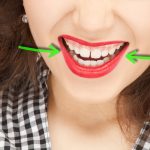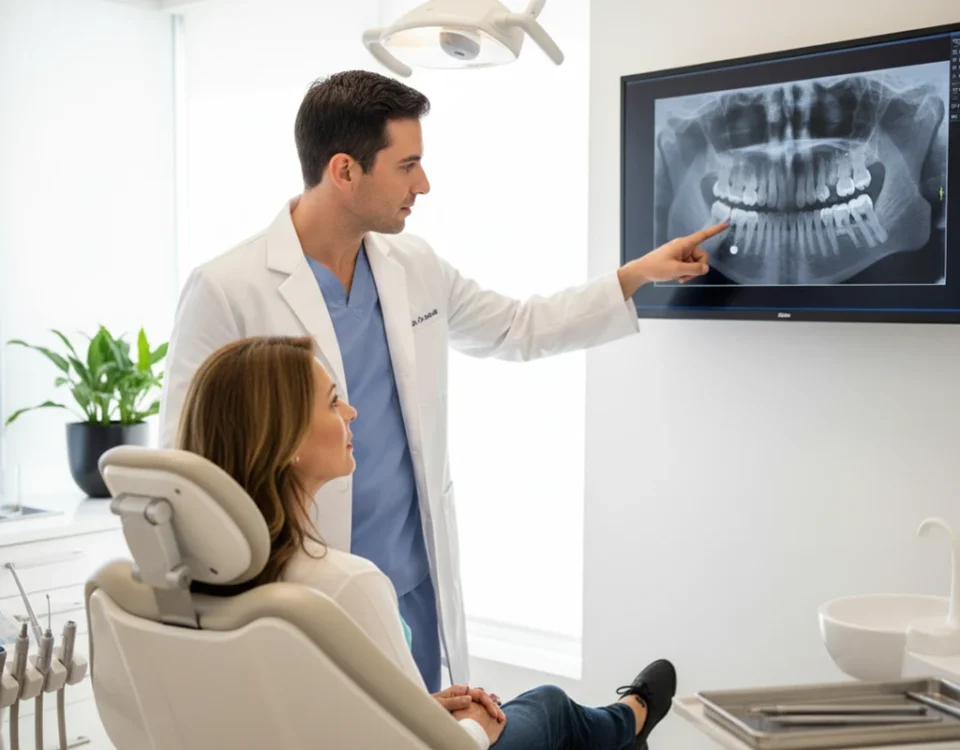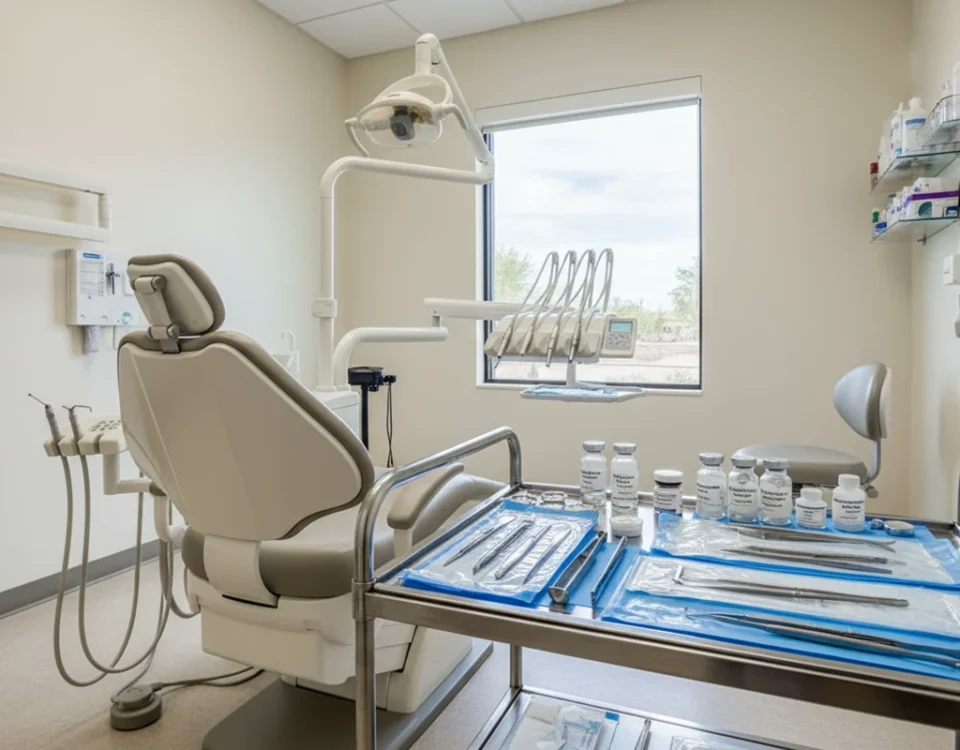
4 Ways To Fix Gaps Between Teeth
July 10, 2025
Understanding Aging and Oral Health
July 17, 2025Many people think smoking only stains teeth. But the damage goes deeper. It reaches the gums and causes harm that most cannot see right away. In this article, we explain everything you need to know about the effects of smoking on gums.
Table of Contents
ToggleDoes Smoking Cause Gum Disease?
Yes, the effects of smoking on gums include a high risk of gum disease. Smoking makes it harder for your body to fight infection. Harmful bacteria stay in your mouth and collect along the gumline.
This leads to red, swollen gums that pull away from your teeth. Over time, the infection spreads and destroys the bone that holds your teeth. Smokers have weaker immune systems, so the body cannot stop the damage.
How Does Smoking Affect Gums?
The effects of smoking on gums can show up in many ways. It begins deep in your mouth, where smoke and chemicals hurt the soft tissues. These problems may not seem serious at first, but they can lead to bigger issues later. Here is what smoking does to your gums:
- Smoking lowers blood flow, so gums get less oxygen and stay weak.
- Weak gums heal slowly after cuts or dental work.
- Smoking causes more plaque, which hardens into tartar and harms gums.
- Tartar and bacteria can lead to infections and gum disease.
- Smoking dries the mouth and reduces saliva, which lets bacteria grow faster.
- Tobacco chemicals can cause dark spots on the gums, called smoker’s melanosis.
Will My Gums Get Better If I Stop Smoking?
Yes, quitting helps stop the effects of smoking on gums and keeps your mouth strong. Here’s how:
- Blood flow improves, and your gums begin to heal.
- Some people see more bleeding at first, which means the gums are getting healthier.
- After a few months, your gums feel stronger and look better.
- Healing becomes faster, and your dentist Phoenix, AZ can fix problems more easily.
- Dark spots on the gums may slowly fade over time.
Preventing Teeth And Gum Problems In Smokers
You can lower the effects of smoking on gums by taking good care of your mouth. Let’s see how:
- Brush your teeth two times a day using a soft toothbrush and fluoride toothpaste.
- Floss every night to remove food and plaque between your teeth.
- Use a mouth rinse that helps fight plaque and kill germs.
- Drink plenty of water to keep your mouth from getting too dry.
- Visit your dentist every three to six months for checkups and cleanings.
- Clean your tongue daily to remove bacteria and improve overall mouth health.
Let’s Recap
The effects of smoking on gums include infection, slow healing, gum disease, and tooth loss. These problems do not always show early signs. Smokers often do not feel pain or see blood even when damage is present. If you stop smoking, your gums can start to heal and return to better health. Regular brushing, flossing, and dental visits help prevent more damage. You must act early to reduce the effects of smoking on gums and protect your smile.
FAQs
How Harmful Is Vaping To My Oral Health?
Vaping causes dry mouth, which lets bacteria grow faster. It can lead to red, swollen gums, bad breath, and a higher risk of gum disease.
How Long Does It Take For Gums To Heal After Quitting Smoking?
Most people see some healing after a few weeks. After three to six months, gums feel stronger. Full healing may take one year or longer, depending on your health.
How Can Smokers Practice Good Oral Hygiene?
Brush your teeth two times every day and floss once a day. Use a fluoride toothpaste and rinse with mouthwash. Drink more water and visit the best dentistry in Phoenix.
Why Do My Teeth Hurt When I Smoke Cigarettes?
Smoking can expose the roots of your teeth by making gums pull back. It also causes dry mouth and makes infections more likely. These problems can lead to pain and tooth sensitivity.
What Do Smokers' Gums Look Like?
Smoker gums often look dark, swollen, or uneven. Some people have black or brown patches on their gums. Gums may pull back from the teeth and leave roots exposed.




